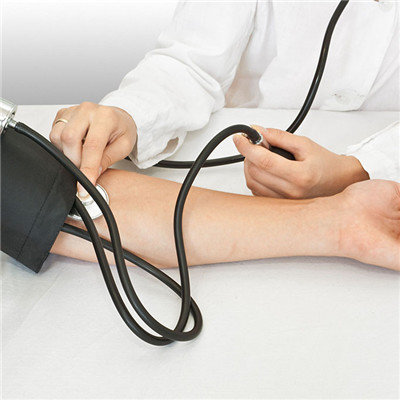What symptom is heavy metal poisoning?
summary
Heavy metal poisoning refers to the poisoning caused by heavy metal elements or their compounds with relative atomic mass greater than 65, such as mercury poisoning, lead poisoning, etc. Because heavy metals can irreversibly change the structure of proteins, thus affecting the function of tissues and cells, thus affecting human health. For example, enzymes in the body can not catalyze chemical reactions, carriers on the surface of cell membrane can not transport nutrients and discharge metabolic wastes, and myosin and actin can not complete muscle contraction, So the cells in the body can't get nutrition, get rid of waste, produce energy, and the cell structure collapses and functions lose. So what are the symptoms of heavy metal poisoning? Come and study with me.
What symptom is heavy metal poisoning?
Symptom 1: arsenic; Acute poisoning: ① in the acute stage of food poisoning, there will be nausea, vomiting, abdominal pain, bloody stool, shock, hypotension, hemolysis, garlic, metal taste, hepatitis, jaundice, acute renal failure, coma and convulsion. In subacute stage, peripheral neuritis and mee's line appeared on the nail. ② Inhalation poisoning cough, dyspnea, chest pain, pulmonary edema, acute respiratory failure. ③ Arsenic hydride poisoning occurs at 2-4 hours after high concentration exposure, causing massive hemolysis and typical symptoms of abdominal pain, hematuria and jaundice. Acute renal failure is not uncommon.
Symptom 2: cadmium( 1) Acute food poisoning - nausea, abdominal pain, vomiting, hemorrhagic gastroenteritis, liver and kidney necrosis, heart enlargement. Inhalation of cadmium oxide caused severe metal fumigation fever. Chest pain, headache, cough, dyspnea, fever, pulmonary edema, kidney and liver necrosis occurred 12-24 hours after exposure( 2) Chronic toxic ingestion renal diseases include low molecular weight proteinuria, diabetes, hypertension, cardiovascular disease and cancer. Inhalation pulmonary fibrosis and renal disease.
Symptom 3: chromium( 1) Hexavalent chromium is highly toxic and corrosive. Skin: contact dermatitis, hemorrhagic gastroenteritis (1-2 grams can be fatal), kidney: acute renal failure (ingestion, inhalation or skin absorption), lung: pulmonary edema (massive inhalation) after 72 hours( 2) Trivalent chromium is an essential element for the body, which is necessary for glucose metabolism and is difficult to be absorbed by the stomach (< 1%)( 3) Chronic exposure to hexavalent chromium may cause cancer, especially lung cancer. Respiratory system: asthma and pneumoconiosis.
matters needing attention
Try to replace mercury with other non-toxic or low toxic substances, such as ethanol, petroleum, toluene, thermal resistance thermometer, diaphragm electrode for salt electrolysis, etc. The evaporation of mercury increases with the increase of temperature. It is necessary to carry out process reform, such as using cold mercury method instead of hot mercury method. The production of mercury should be closed and automated as far as possible, with sufficient down or side suction ventilation equipment. The discharged mercury containing gas can only be discharged into the atmosphere after purification. Nervous system, kidney, oral disease, pregnancy and lactation of female workers are employment contraindications. It is better for young female workers not to be exposed to mercury. Patients with moderate and severe chronic mercury poisoning should be permanently separated from mercury work.














